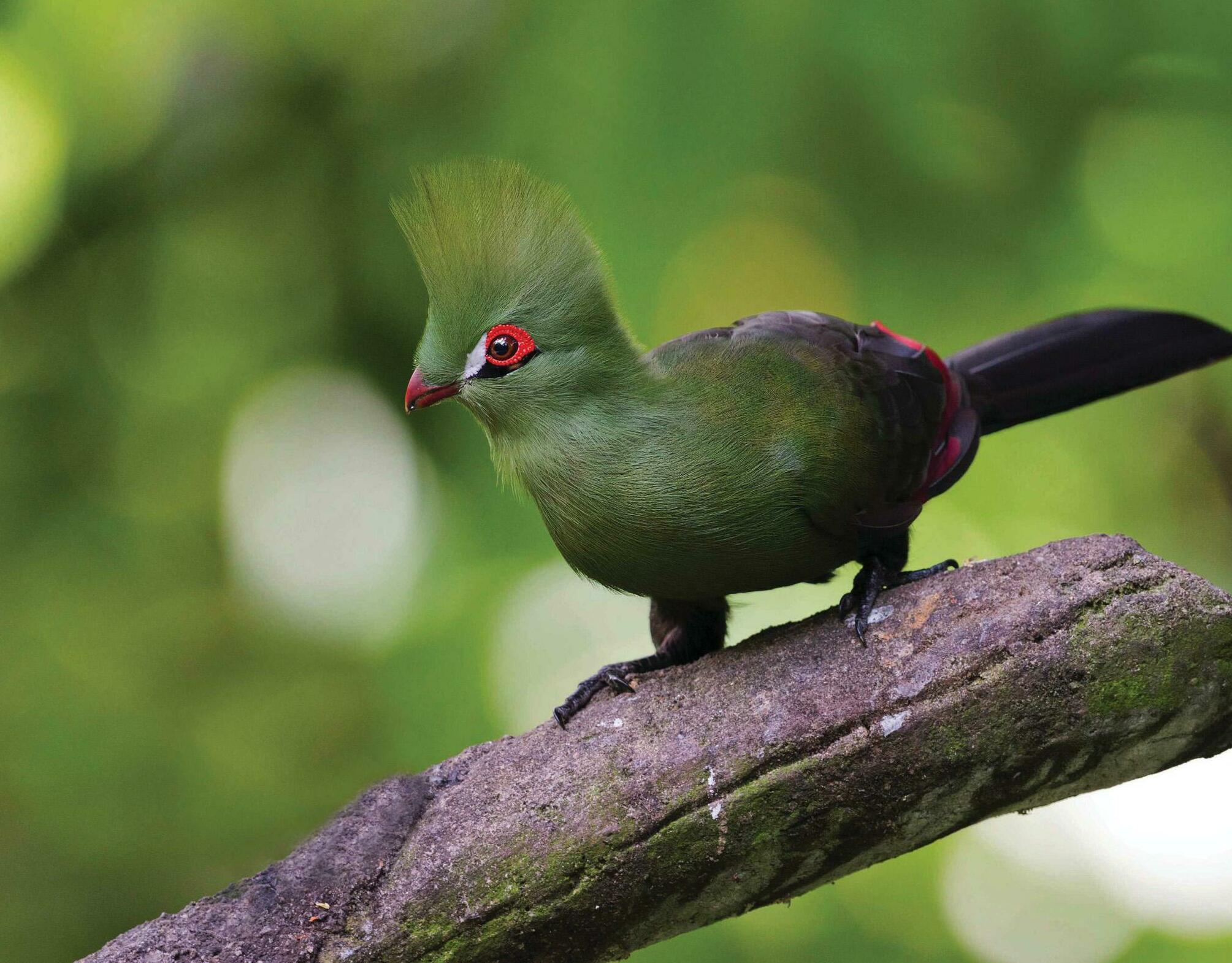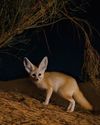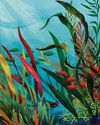BIRDS THAT BREAK THE RULES
BBC Wildlife
|March 2025
Discover the extraordinary birds that defy nature's norms

The bird with metal in its feathers
Livingstone's turaco Tauraco livingstonii
MANY BIRDS HAVE FABULOUS plumage to attract mates or send warning messages. Some of the colours in their feathers are produced by microscopic structures on the feather surface that absorb and reflect light in a certain way. These are known as structural colours. Other colours are produced by pigments, dye-like substances that occur widely in nature. Birds may make their own pigments or obtain them from their food. But the green and red pigments in turaco feathers are wholly unique. And the secret ingredient is... copper.
Turacos are a family of pigeon-sized birds from African forests that adore fruit - a diet that happens to be rich in copper.
The metal is taken up by their bodies and helps to form two dazzling pigments not found in any other bird, or indeed any other animal. Turacoverdin creates vivid green feathers, while turacin turns them red. It was once estimated that an adult turaco would take around three months to eat enough fruit to produce its gorgeous coloration. The more it eats, the brighter its plumage.
Turacos have another claim to fame. They're the world's only truly green birds. Parrots and many other species may appear green but aren't really. The green in their feathers is structural, so is a sort of optical illusion, unlike the chemical, turacoverdinbased pigment in turacos.
 The bird that asks us for help
The bird that asks us for help Greater honeyguide Indicator indicator
Cette histoire est tirée de l'édition March 2025 de BBC Wildlife.
Abonnez-vous à Magzter GOLD pour accéder à des milliers d'histoires premium sélectionnées et à plus de 9 000 magazines et journaux.
Déjà abonné ? Se connecter
PLUS D'HISTOIRES DE BBC Wildlife

BBC Wildlife
"I was terrified the elephant would ram us"
African elephant in Kenya
2 mins
January 2026

BBC Wildlife
ALL YOU EVER NEEDED TO KNOW ABOUT THE Fennec fox
THE FENNEC FOX IS THE SMALLEST fox in the world, with a body length that can be as little as 24cm.
3 mins
January 2026

BBC Wildlife
INTO THE PLASTISPHERE
A unique synthetic ecosystem is evolving in our oceans – welcome to the plastisphere
7 mins
January 2026

BBC Wildlife
“More than half of all animal life exists in a parasitic relationship, and all life lives in symbiosis”
Our survival depends on species evolving to live together - but some relationships take dark turns
7 mins
January 2026

BBC Wildlife
Are animals able to dream?
SLEEP IS A MYSTERIOUS THING. FOR A long time, we weren't sure why we do it.
1 mins
January 2026

BBC Wildlife
Does a cuckoo know it's a cuckoo?
ABSURD LITTLE BIRDS ACROSS THE world lay their eggs in the nests of other species, leaving the hapless parents to raise a changeling at the expense of their own offspring.
2 mins
January 2026

BBC Wildlife
Orcas killing young sharks
Juvenile great whites are easy prey for orca pod
1 mins
January 2026

BBC Wildlife
Ocean goes on tour
Acclaimed film touring the UK, backed by live orchestra and choir
1 min
January 2026

BBC Wildlife
Feisty bats hunt like lions
Winged mammals use a 'hang and wait' strategy to take down large prey
1 mins
January 2026

BBC Wildlife
SNAP-CHAT
Richard Birchett on magical merlins, wily coyotes and charging deer
2 mins
January 2026
Listen
Translate
Change font size

